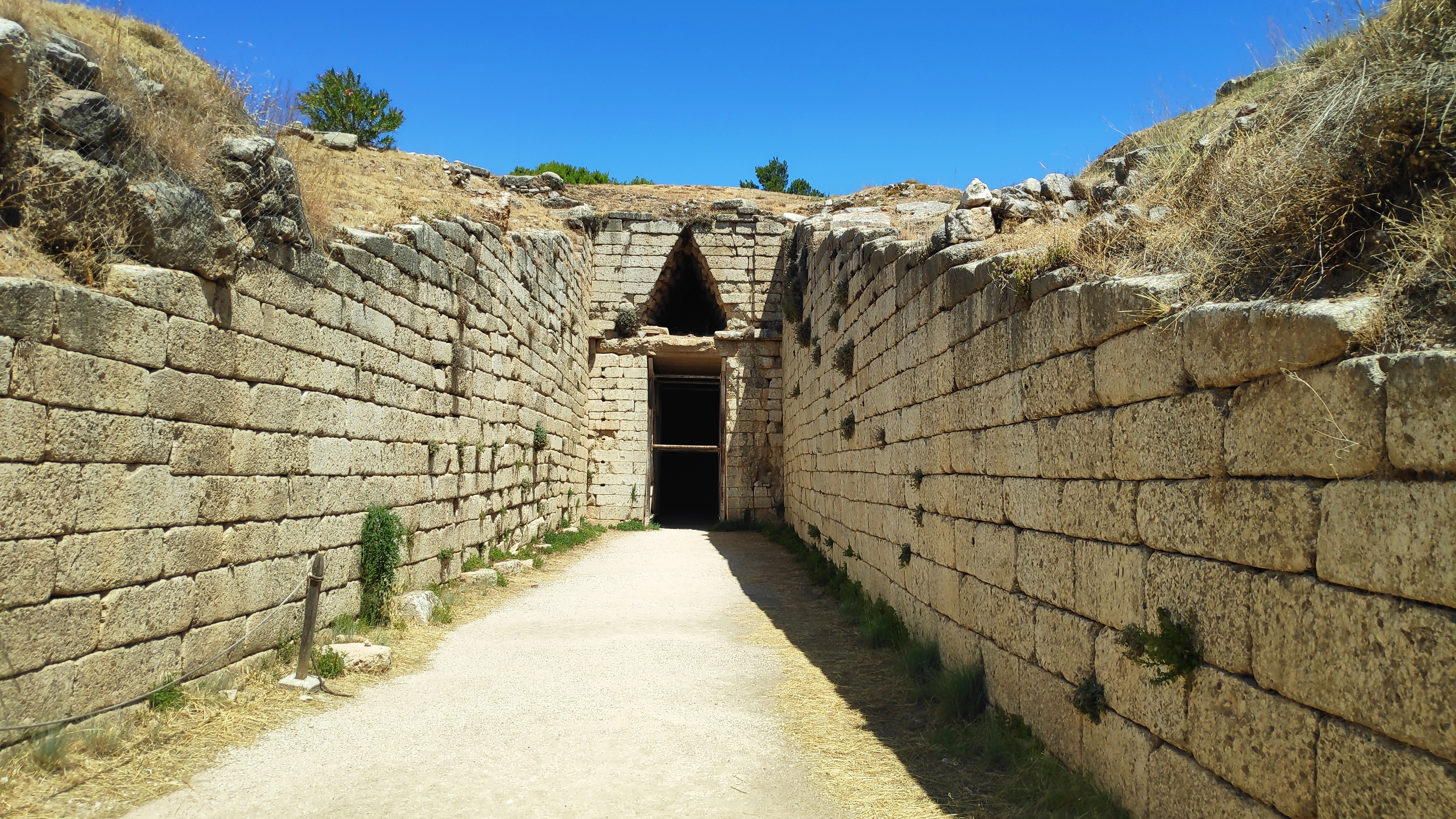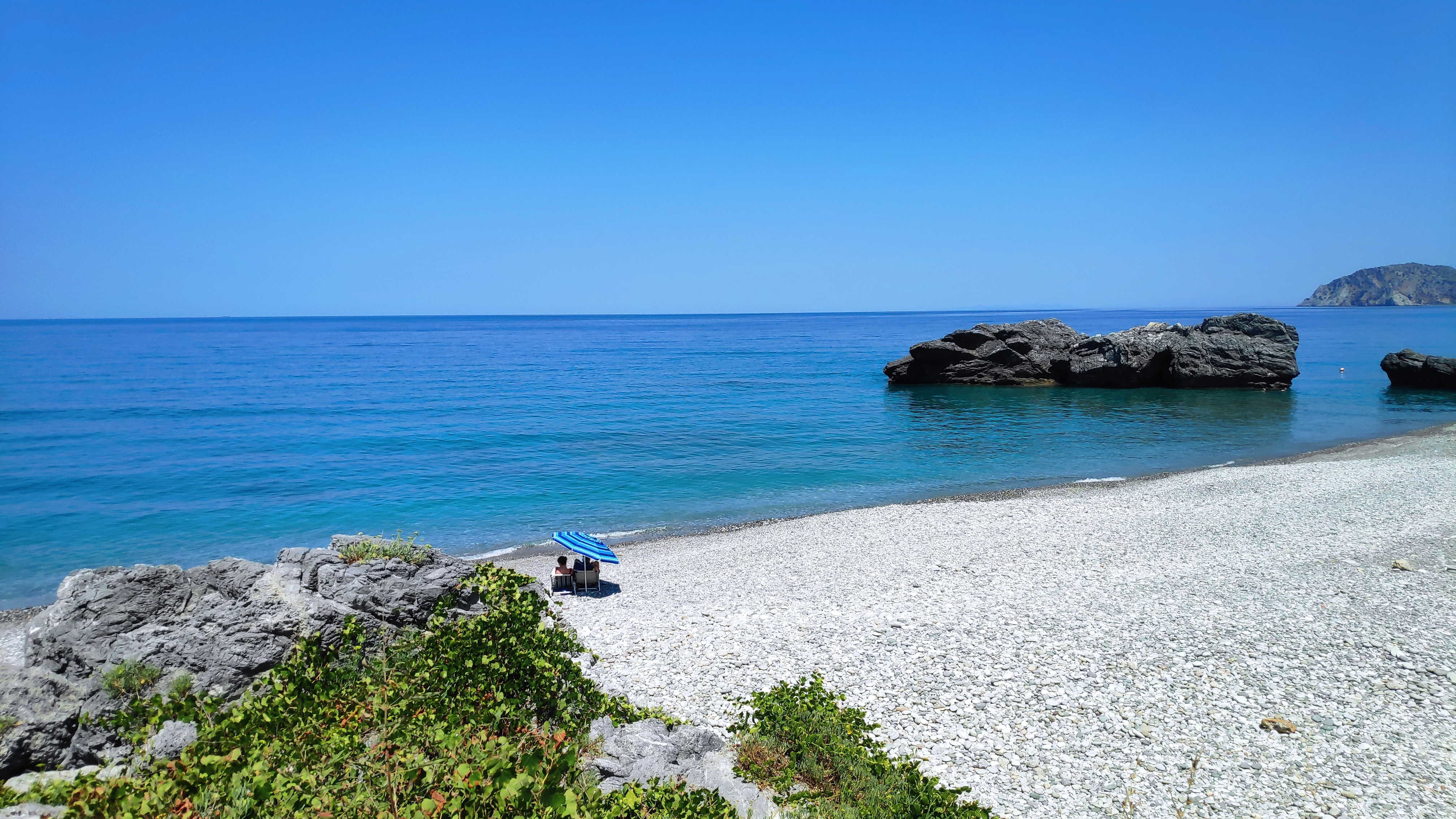Nafplion, Mycenae, & Evia Island 🇬🇷
My exit from the Peloponnese was precluded to a visit to the former capital of Greece, the beautiful but somewhat touristy Nafplion. There was also time to visit the archaeological remains of Mycenae, an incredible ancient centre dating back over 3000 years ago. I then made my way to Evia, an island by about 40 metres of bridge, home to some wonderful beaches and forest.
My travels through Greece are flying by and I am already about 4 stops behind in the posts. It’s a testament to the volume of things that you have to see and do in mainland Greece.
Nafplion
Nafplion was briefly the capital of Greece before Athens. Overlooked by The Fortress of Palamidi, the city has changed hands over the years including Ottoman occupation up until 1822. Although today it has a relatively touristy town centre, it does boast a beautiful rocky beach and a castle atop a hillside with a panoramic view.
The easiest place to start when visiting the town is The ruins of Akronauplía.
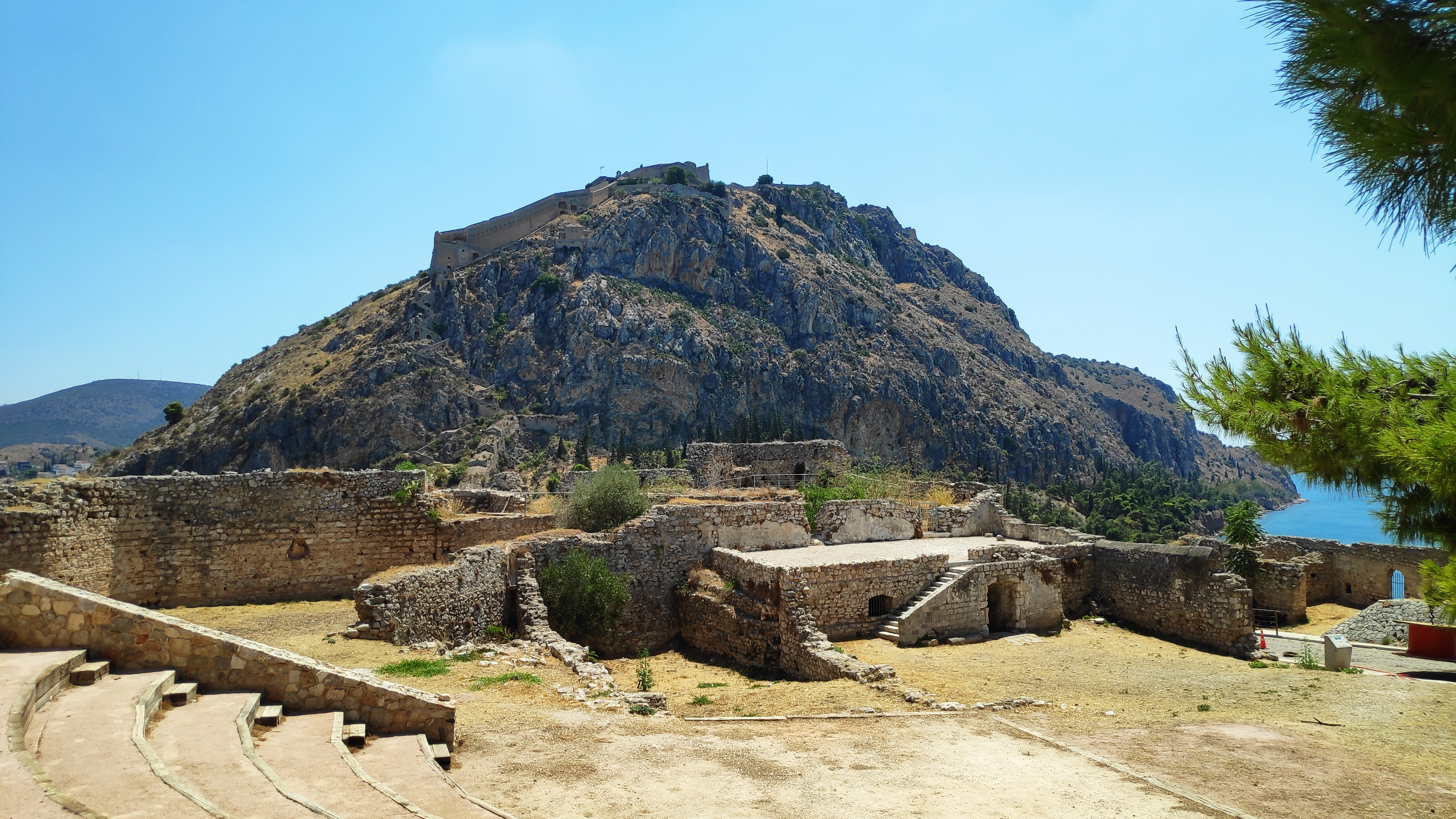
The ruins of Akronauplía with The Fortress of Palamidi in the background
It is easily reached by a few steps up from the town centre, and provides some great views over both the town and the beach.
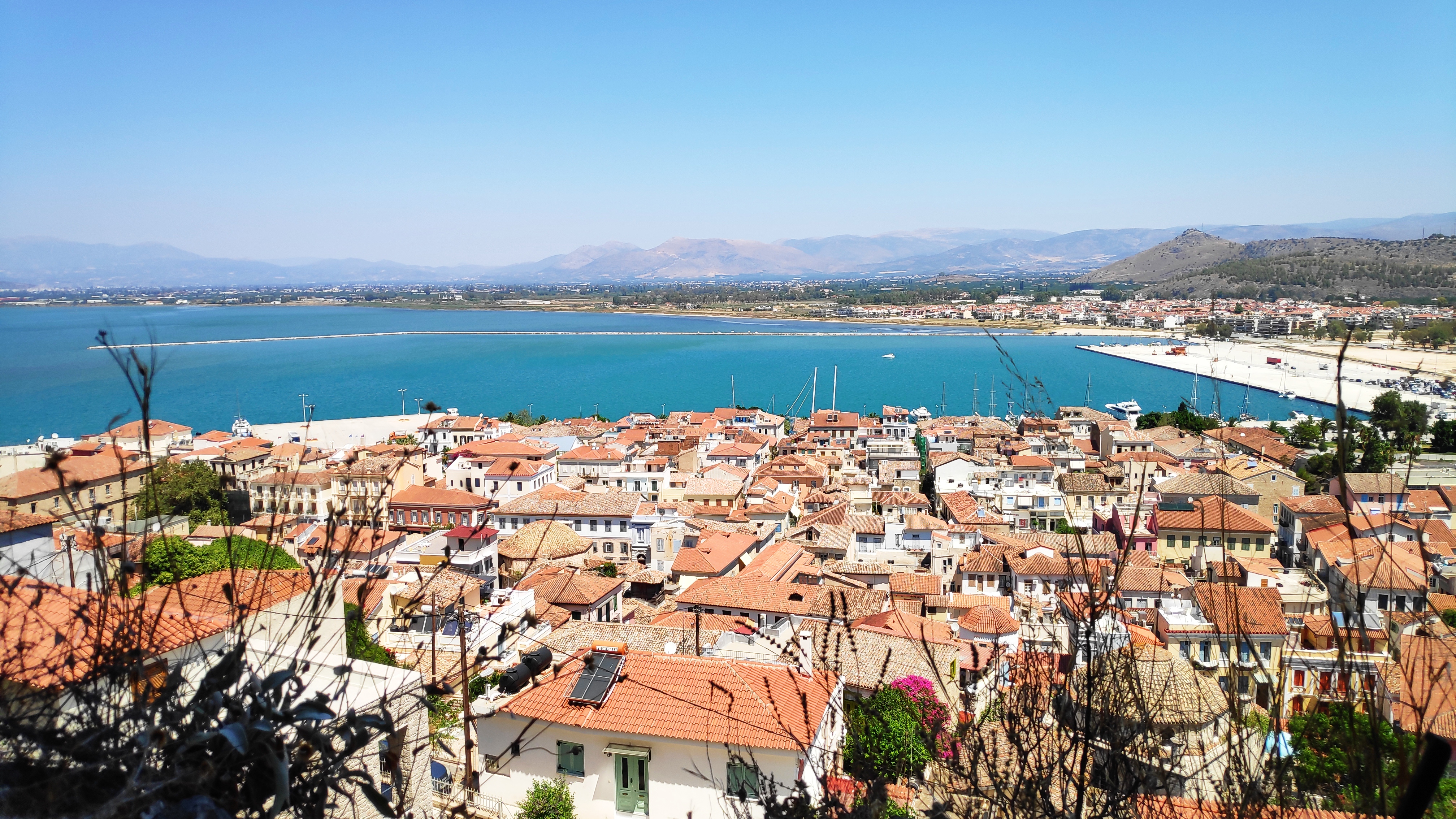
A view of Nafplion form Akronauplía
The beach itself is definitely worth a visit. The main section of the beach is fairly busy with a beach bar just above it, but if you walk only a few minutes along it to the more rocky section there is a much quieter area with steps to access the sea.
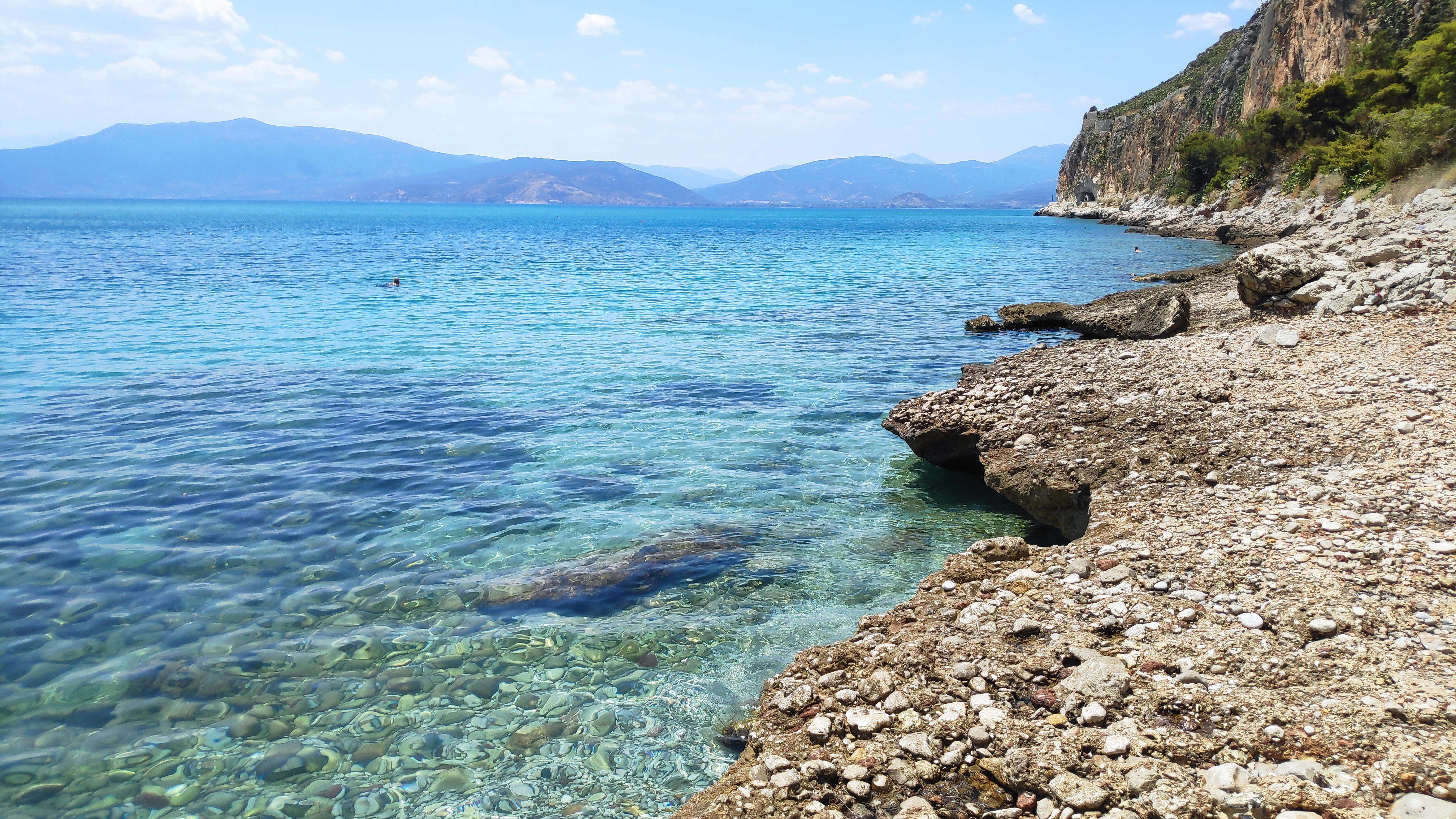
Arvanitia Beach, crystal clear water but watch out for sea urchins
The sea here is perfectly clear and, on a calm day, you can snorkel to see some small coral and fish. For me it was a very welcome respite from 39 degree weather.
Finally later in the day when it was starting to become slightly cooler I decided to embark on the climb up the 999 steps to The Fortress of Palamidi.
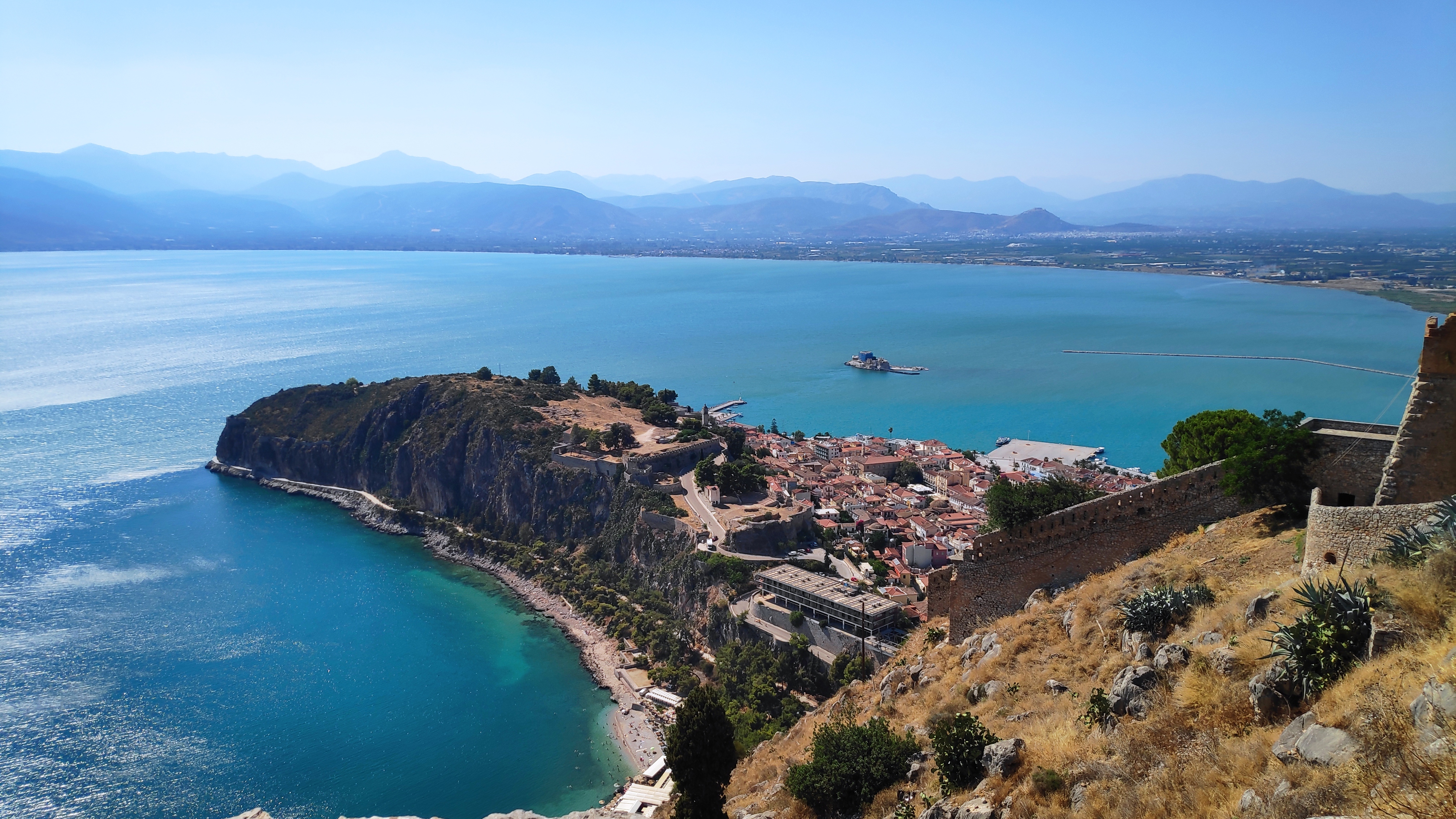
Looking out over Nafplion from the 999 steps up to the Fortress of Palamidi
The fortress was originally completed by the Venetians during their occupation in 1714, but was captured by the Ottoman Empire only a year later. It was only then captured by the Greeks in 1822. Although the castle itself is much like any other castle, it is the location upon the hilltop giving it a view over Nafplion and beyond that makes it really worth visiting.

Inside the Fortress of Palamidi
In the evening the sun sets over the hills across the bay from Nafplion and, as always seems to be the case in Greece, creates a wonderful colourful sunset. The west of the town has a number of bars and cafes which provide the ideal place to see it, if that is your kind of thing.

The sunset from Nafplion
Mycenae
After departing Nafplion I almost forgot to stop by the Archaeological site of Mycenae. Only a 20 minute drive from Nafplion, Mycenae was the centre of Greek civilisation at its peak in 1350 BC. Considering only a few weeks ago I was discovering Renaissance history in Italy, this predates that era by almost 3000 years!
Upon entering the site the first things to see are the grave circle and a pair of quite outstanding tombs. The largest is The Tomb of Clytemnestra which has a walkway that leads into an underground dome.
A slight walk up the hill takes you to the entrance of the city via The Lion Gate. Somehow the sculpture on the gate was never underground in its history.

The Lion Gate, the entrance to the bronze age citadel of Mycenae
A single path takes you round the ruins of the citadel with detailed information on the functions of each of the buildings. What I found most impressive was the cistern, an underground tunnel that was used to store water. It was slightly unnerving to trust a tunnel structure constructed so long ago, but I have it on good authority that the design is very sturdy.
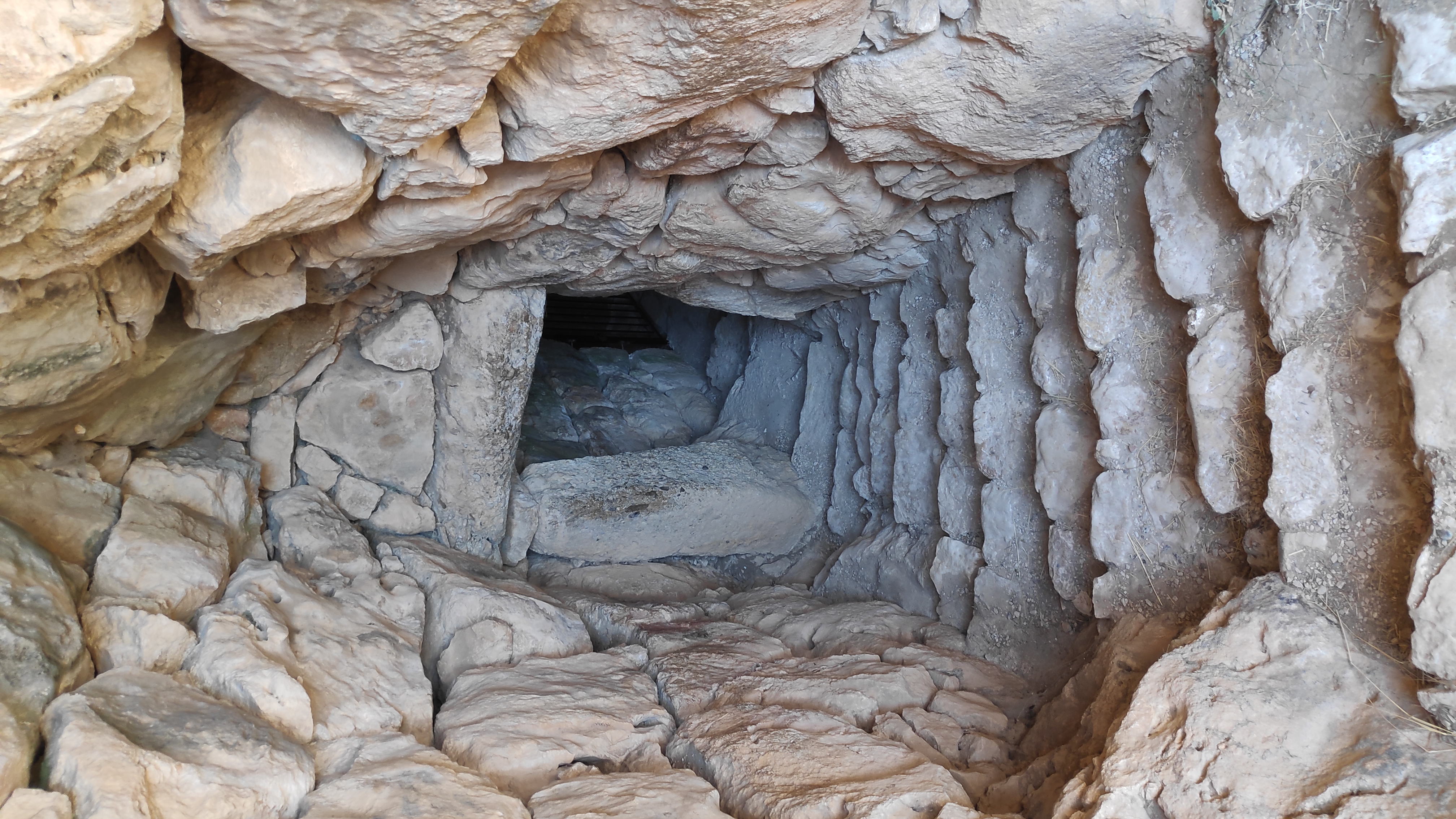
Underground Cistern, a rather impressive feat of engineering for a bronze age civilisation
After walking through the ruins there is a small museum to visit with a number of artifacts found from the site.
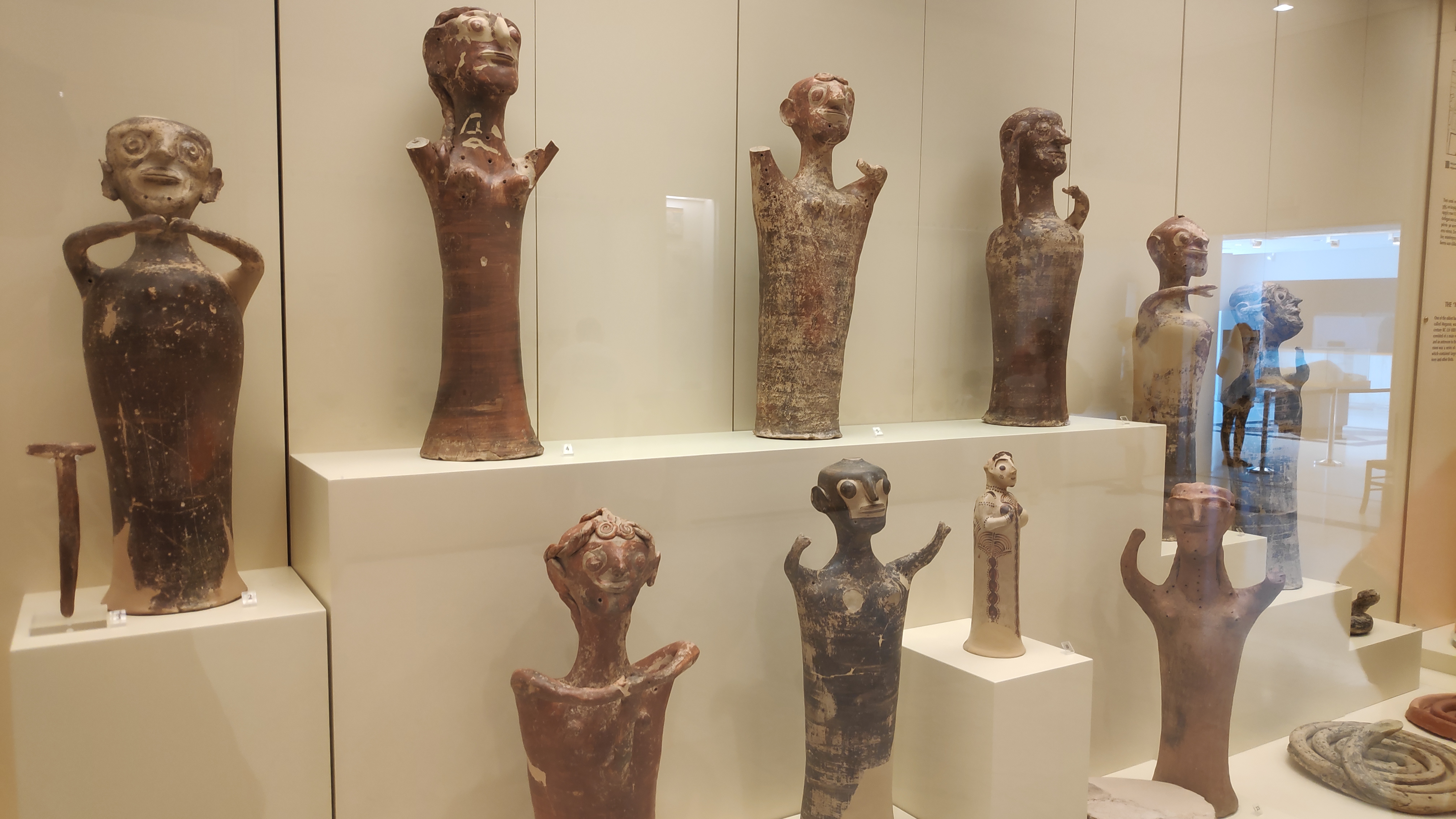
Some surviving artefacts of Mycenae found in the adjacent Archeological Museum
Evia Island
After concluding my visit to Mycenae I embarked on a 3 hour drive past Athens to Evia island. To the amateur cartographer Evia doesn’t appear to be an island, but it is entirely separated from the mainland by 40 metres at its shortest point.
The island surrounded by beautiful beaches, and contains mountains, forests, and gorges with well-documented hiking routes. I started my visit with a relaxed day at Chiliadou Beach. As the beach is very wide it was almost free of people.
The beach is really only accessible by car as one has to go through a series of winding roads among the mountains, which themselves offer impressive views.

A mountainous view out to sea on the way back from the beach
On the second day of my stay I found the energy to go on a hike. My hike would take me on a loop that started and finished in Steni Dirfyos where I was staying.
The route is well signposted with red markers on trees, although sometimes it required a little creativity to get past some large fallen trees.
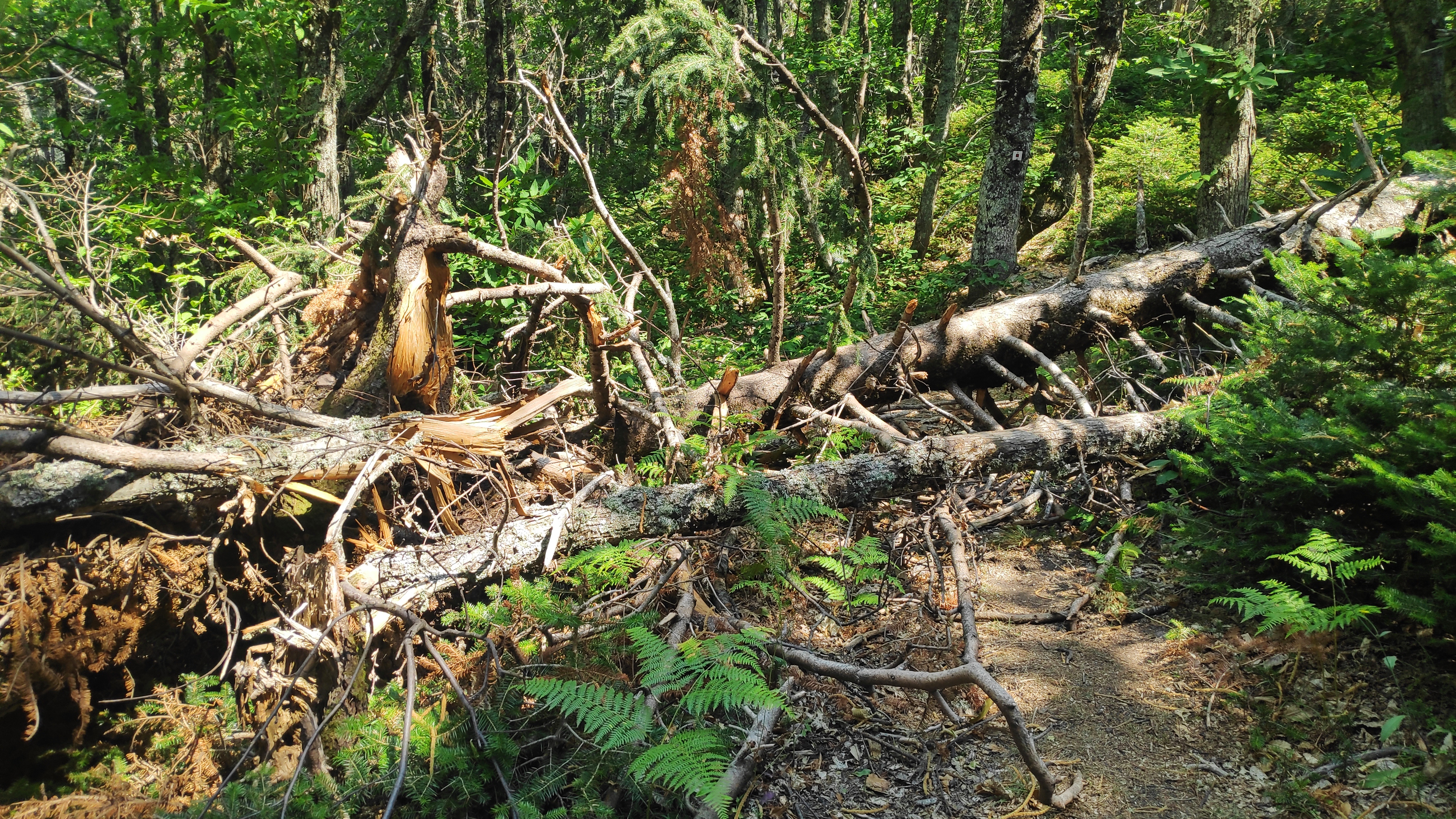
A hike that was characterised by fallen tress
At the halfway point in the hike you reach a refuge where those hiking Mount Dirfi can choose to stay. I stood at the base of the mountain after an already lengthy hike and couldn’t resist partially climbing the mountain.
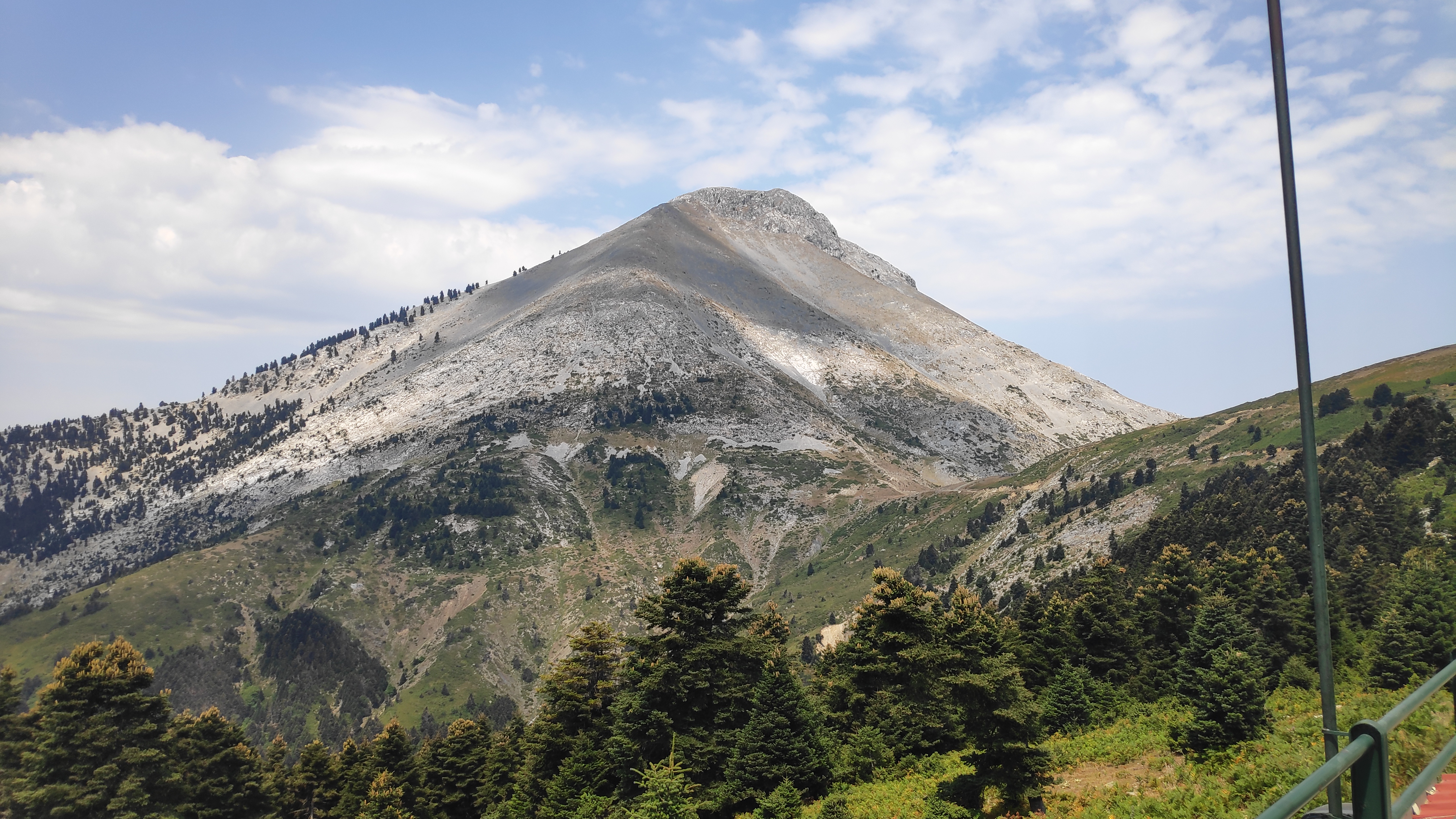
Standing at the starting point for Mount Dirfi
The route up the mountain is quite challenging, the hiking trail is not well-travelled, offers no shade, and is very steep at points. At about one third of the way up the mountain I decided I was satisfied with my view and headed back down.
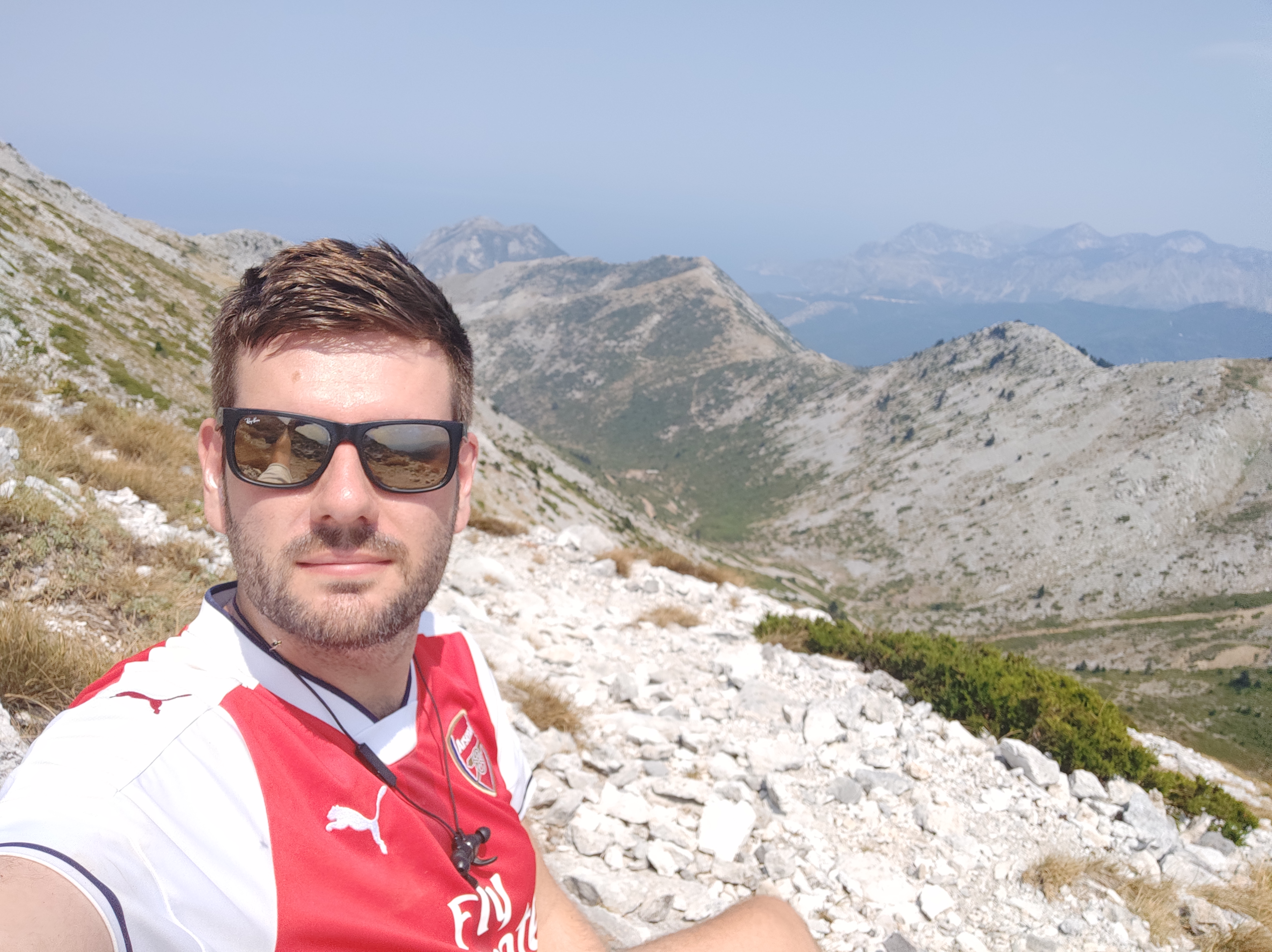
My view half way up Dirfi
Unfortunately I had incorrectly assumed that the latter part of the loop would be a casual walk downhill back to Steni Dirfyos. This wasn’t the case and I was found climbing over a sloped rock face, and walking downhill through thick forest. In the heat I quickly ran out of water and ended up doing the last 90 minutes desperate for a drink. When I finally emerged I headed for the nearest restaurant and made a rather bizarre order of a litre of water, 2 lemonades, and a frappe.
I spent that evening recovering in the hotel room and enjoying watching Arsenal lift the FA cup. I slept like a log and the next morning set off on my journey for Meteora. Thankfully, tired reader, I will cover that in my next post in the coming days!

